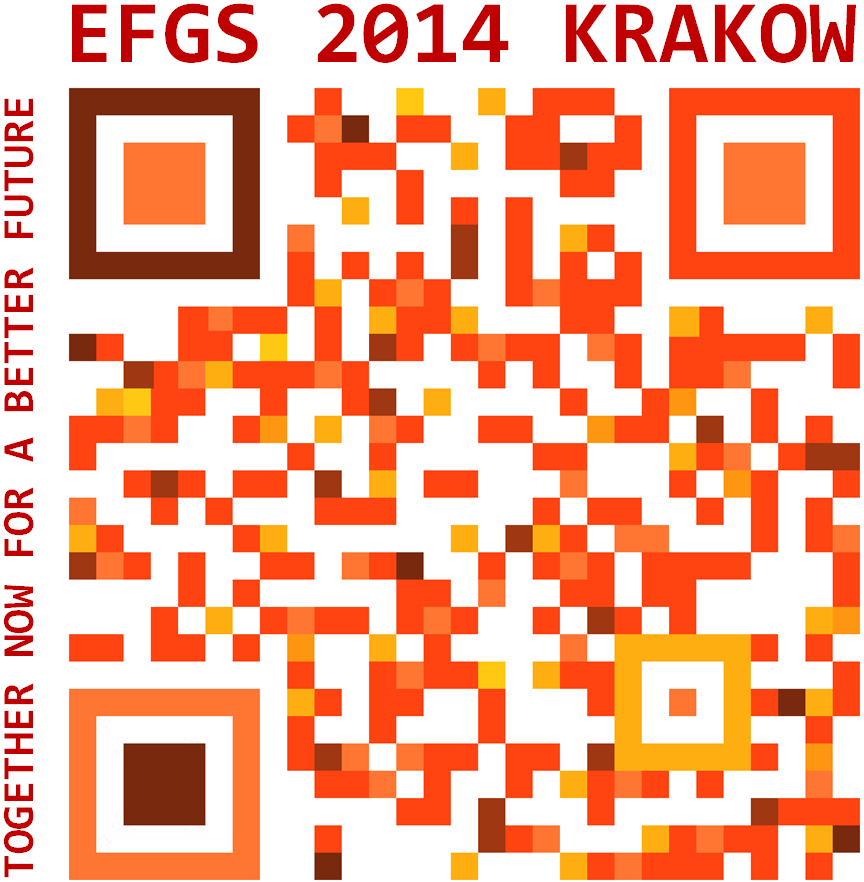CHINA’S CURRENCY MAKES IT TO SDR STATUS – CURRENCY
CARBON STORAGE IN CHINA’S FOREST ECOSYSTEMS ESTIMATION BY DIFFERENTCARBON STORAGE IN CHINA’S TERRESTRIAL ECOSYSTEMS A SYNTHESIS RUNNING
CHINA20160322 THE BROOKINGS INSTITUTION CHINA’S G20 PRESIDENCY COMPARATIVE PERSPECTIVES
CHINA’S AWARENESSRAISING POLICIES AND PRACTICES IN FIGHTING CORRUPTION AWARENESSRAISING
CHINA’S CURRENCY MAKES IT TO SDR STATUS – CURRENCY
CHINA’S ECONOMIC OUTLOOK AND PEACEFUL DEVELOPMENT YANG HONGLIN AS

China’s Currency Makes It To SDR Status – Currency Update
When smaller, less developed countries from around the world need to exchange their currencies into a more utilized and liquid currency, they utilize SDRs (Special Drawing Rights), essentially a basket of currencies. Created by the IMF in 1969 to supplement a shortfall of preferred foreign exchange reserve assets, SDRs have evolved to over $200 billion in value. There are currently 188 member nations that belong to the IMF and vote on the make up of SDRs.
The IMF voted in 2015 to have the Chinese currency, the yuan and also known as the renminbi, included in the IMF’s basket of currencies known as SDRs. China had been lobbying for years to have its currency included in the basket, arguing that world trade and economies were at risk of having too much reliance on the U.S. dollar.
The inclusion of the yuan was the first change to the composition of SDRs since 1999, when the German deutsche mark and the French franc were replaced by the euro.
The inclusion of the yuan establishes credibility for the currency as well as China’s fiscal and financial systems. The yuan was created after World War II and was initially only used within Communist controlled China for years. The inclusion is seen as mostly symbolic.
The IMF reviews the composition of the SDR basket every five years. It did reject the inclusion of the Chinese yuan during its last review in 2010 for the reason that it did not meet the necessary currency criteria.
The IMF stated that the yuan’s inclusion will support the growth and stability of China and the global economy. The yuan’s inclusion took effect October 1, 2016, with a starting allocation of 10.92 percent.
The revised allocation of currencies in the SDRs will have a minimal effect on the dollar’s position, which will shift from a 41.9% weight to a 41.73% weight. The British pound will have the biggest difference of the currencies, dropping from a 11.3% weight to a 8.09% weight.
The yuan is the world’s fifth most utilized currency for international payments, as tracked by the Society for Worldwide Interbank Financial Telecommunication. Only a fraction of global trade payments are currently denominated in yuan.
Source: IMF
© OneBlueWindow, LLC. Available for use only by authorized subscribers and where permissible as such. This content is not authorized for resale.
CHINA’S FIRST PURPOSEBUILT ALUMINIUM BODY SHOP LAUNCHED THE ALLNEW
CHINA’S INPUTOUTPUT SURVEY AND ITS TABULATION METHOD DEPARTMENT OF
CHINA’S REFORM AND OPENING UP ZHANG MING CHINESE AMBASSADOR
Tags: currency makes, utilized currency, currency, china’s, makes, status
- GROUP 5 PROPUESTASUGERENCIA AL CONSEJO DE LA GUARDIA CIVIL
- CRIMINAL JUSTICE AGENCY NAME PERSONALLY OWNED DEVICE POLICY POLICY
- ÖNÉLETRAJZ SZEMÉLYES ADATOK NÉV CÍM TELEFON EMAIL MENTOR NEVE
- SPALDING COUNTY DIGITAL DATA ORDER FORM IMPORTANT FOR DIGITAL
- SEÁN KEELEY EDITOR 51 UPPER CROSS ROAD (M)00353863915491
- JOB DESCRIPTION JOB TITLE IT AND BUSINESS TRANSFORMATION RISK
- 7 HH 152010 CRB 17809 THE STATE VERSUS ROY
- MQT LAB SERVICES 8600 NW 107TH TERRACE KANSAS CITY
- AJÁNLATTÉTELI FELHÍVÁS 1 AZ AJÁNLATKÉRŐ NEVE CÍME TELEFON ÉS
- MODELO DE GARANTÍA MEDIANTE PIGNORACIÓN DE PARTICIPACIONES DE FONDOS
- ADATPARK ÁSZF 4 SZ MELLÉKLETE ADATPARK SZOLGÁLTATÁSOK DÍJAI 1
- 3 VOCACION A LA SORPRESA DE DIOS DON INICIATIVA
- ZAHTJEV ZA POTPORU NATJEČAJ ZA PROVEDBU MJERE IV4 „PRERADA
- VALDEMORO A 12 DE FEBRERO DE 2008 A
- CARRERA PÚBLICA MAGISTERIAL RECOPILACIÓN DE NORMAS LEGALES 8)
- ADÁSVÉTELI SZERZŐDÉS AMELY LÉTREJÖTT EGYRÉSZRŐL BALATONKENESE VÁROS ÖNKORMÁNYZATA (SZÉKHELYE
- BUDAFOKTÉTÉNY BUDAPEST XXII KERÜLET ÖNKORMÁNYZATÁNAK ALPOLGÁRMESTERE ELŐTERJESZTÉSE A KÉPVISELŐTESTÜLET
- NZQA UNIT STANDARD 32439 VERSION 1 PAGE 3 OF
- ADATLAP A CSEPREGHU HONLAPHOZ CSEPREGI VÁLLALKOZÓK VÁLLALKOZÁSOK CÉGEK RÉSZÉRE
- BORANG PENDAFTARAN KAWALAN AKSES ICT JABATAN AKAUNTAN NEGARA MALAYSIA
- WORKSHEET – TO FIGURE OUT JUDGMENT AMOUNT 1 THE
- SANTANDER – TOP MASSACHUSETTS PROGRAM FUNDING OPPORTUNITY ANNOUNCEMENT
- CLACKMANNANSHIRE COUNCIL REPORT TO REGULATORY COMMITTEE OF 3RD
- PRENSA BALANCE 2013 COMUNICADO NÚM 1119 MEDALLAS PROGRAMAS Y
- ÁREA DE VALORIZACIÓN TRANSFERENCIA E EMPRENDEMENTO VICERREITORÍA DE INVESTIGACIÓN
- PODER LEGISLATIVO LEY N 388 QUE ESTABLECE DISPOSICIONES SOBRE
- KÖZPONT 7960 SELLYE BATTHYÁNY U 4 TELEFON 73580018 FAX
- ZAŁĄCZNIK DO UCHWAŁY NR 384 SENAT UNIWERSYTETU ŁÓDZKIEGO Z
- ADATLAP AZ ÉPÜLET ÁLLAPOTÁRÓL ÉS A TERVEZETT FELÚJÍTÁSOKRÓL LKFT2005LA2
- ADATBÁZISKEZELÉS (5ELŐADÁS AZ SQL MINT LEKÉRDEZŐ NYELV 1RÉSZ) 10
CLASIFICACIÓN DE LOS DOCUMENTOS DE ARCHIVO LAS CLASIFICACIONES
INSTRUCTIONS DEATH AND HEIRSHIP AFFIDAVIT THE AFFIDAVIT MUST BE
 CREATING 3D ANIMATIONS OF LABORATORY EXPERIMENTS USING OPEN SOURCE
CREATING 3D ANIMATIONS OF LABORATORY EXPERIMENTS USING OPEN SOURCE ALMACEN DE LA FACULTAD DE CIENCIAS QUIMICAS NOMBRE DEL
ALMACEN DE LA FACULTAD DE CIENCIAS QUIMICAS NOMBRE DELКировское Областное Государственное Образовательное Бюджетное Учреждение Среднего Профессионального Образования
CHECK AGAINST DELIVERY 0909151 PLENARY MEETING OF THE 197TH
 1585126941-PERDA_19_20041
1585126941-PERDA_19_20041 0 АДМИНИСТРАЦИЯ ОЧЕРСКОГО ГОРОДСКОГО ОКРУГА П О С Т
0 АДМИНИСТРАЦИЯ ОЧЕРСКОГО ГОРОДСКОГО ОКРУГА П О С ТZAŁĄCZNIK NR 4 DO REGULAMINU PRZETARGU WYKAZ POMIESZCZEŃ W
 NORMAS DE FUNCIONAMIENTO ¿QUÉ ES UN CENTRO DE EDUCACIÓN
NORMAS DE FUNCIONAMIENTO ¿QUÉ ES UN CENTRO DE EDUCACIÓN A N M E L D U N G
A N M E L D U N G 2009 KELLY MCQUADE FIELD HOCKEY CAMP AT VIRGINIA COMMONWEALTH
2009 KELLY MCQUADE FIELD HOCKEY CAMP AT VIRGINIA COMMONWEALTH 5 PO BOX 1045 KIMBERTON PA 19442 PHONE 6109353963
5 PO BOX 1045 KIMBERTON PA 19442 PHONE 6109353963 E NG 10252014 U SKLADU SA EVROPSKOM NORMOM
E NG 10252014 U SKLADU SA EVROPSKOM NORMOM METODICKÉ DOPORUČENÍ SZÚ PRO HODNOCENÍ ŠKODLIVÝCH A NEŽÁDOUCÍCH LÁTEK
METODICKÉ DOPORUČENÍ SZÚ PRO HODNOCENÍ ŠKODLIVÝCH A NEŽÁDOUCÍCH LÁTEK ANISOTROPIC VAPOR HF ETCHING OF SILICON DIOXIDE FOR SI
ANISOTROPIC VAPOR HF ETCHING OF SILICON DIOXIDE FOR SI ENGLISH LAB FRANÇAIS GRUPOS 20142015 (ÚLTIMA ACTUALIZACIÓN 260914) GRUPO
ENGLISH LAB FRANÇAIS GRUPOS 20142015 (ÚLTIMA ACTUALIZACIÓN 260914) GRUPOLIST OF SIGNED ERASMUS+ AGREEMENTS NOTE THE FACULTIES ARE
 ESHARP ISSUE 14 IMAGINATION AND INNOVATION CHRISTIAN IDENTITIES AN
ESHARP ISSUE 14 IMAGINATION AND INNOVATION CHRISTIAN IDENTITIES AN EUROPEAN FORUM FOR GEOGRAPHY AND STATISTICS KRAKOW CONFERENCE 2014
EUROPEAN FORUM FOR GEOGRAPHY AND STATISTICS KRAKOW CONFERENCE 2014